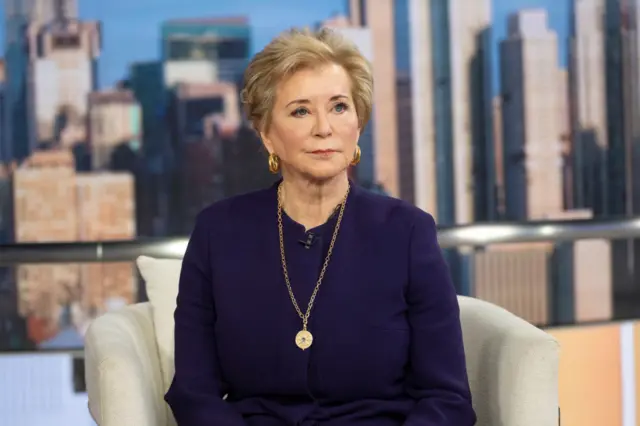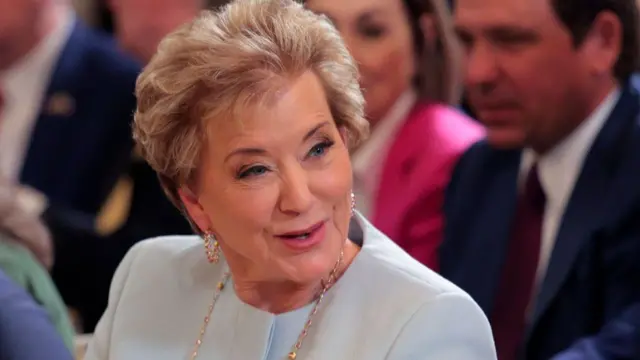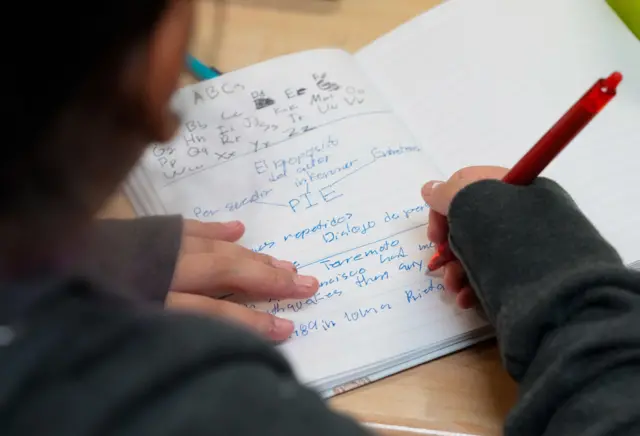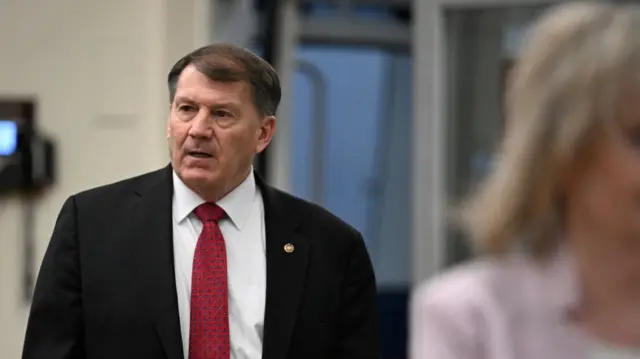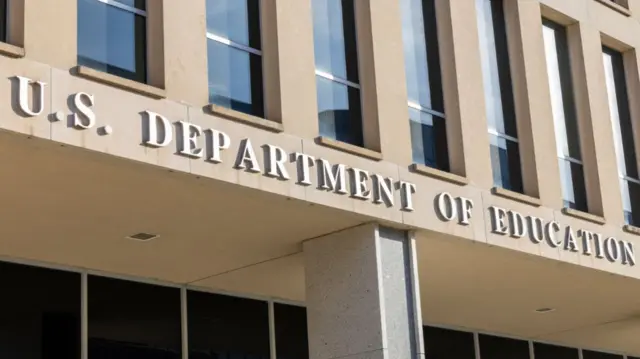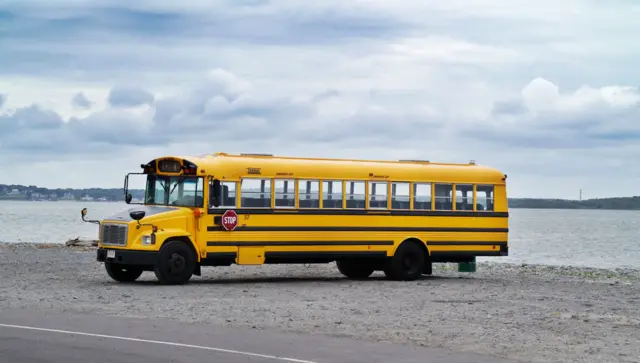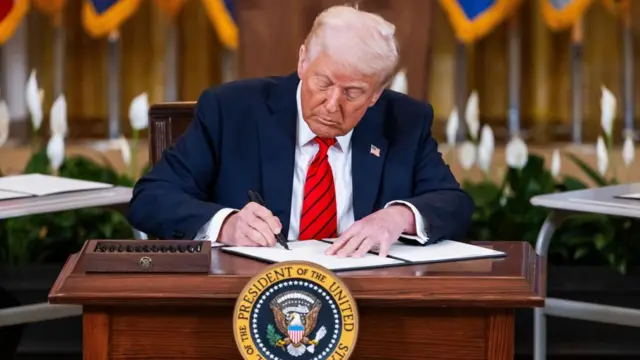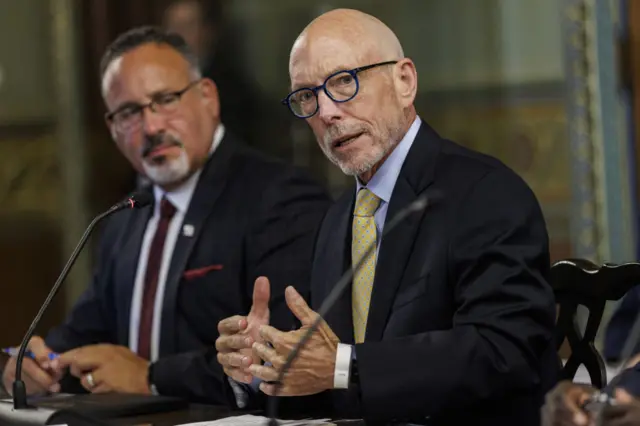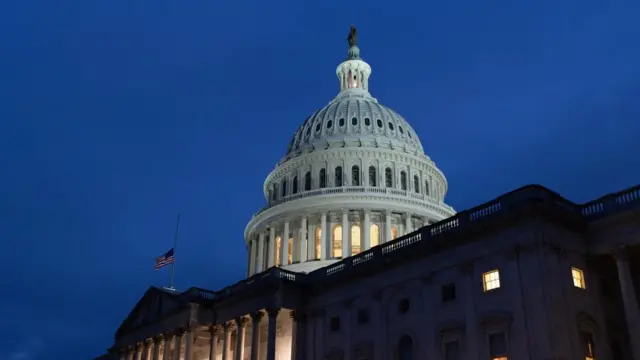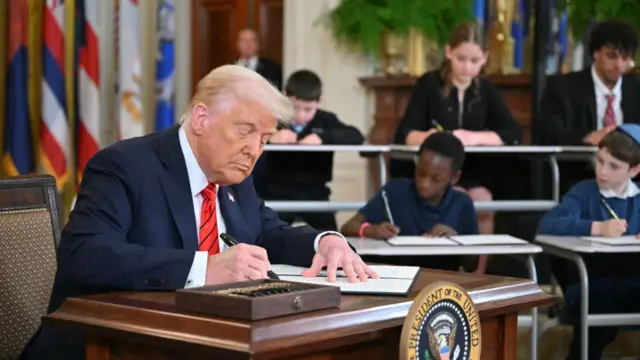From Reagan to Trump, why do Republicans want to dismantle the education department?published at 23:19 Greenwich Mean Time 20 March
 Bernd Debusmann Jr
Bernd Debusmann Jr
Reporting from Washington
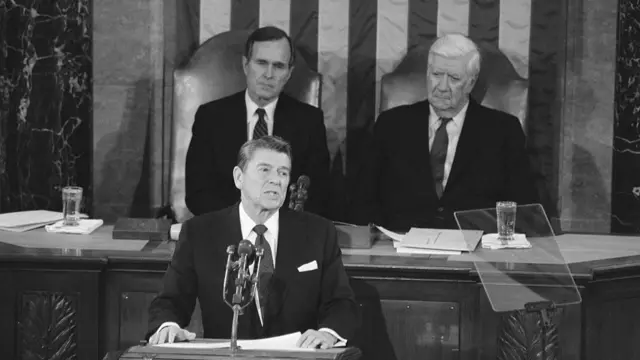 Image source, Getty Images
Image source, Getty ImagesCalls to dismantle - or abolish - the Department of Education stretch back long before Trump's return to the White House, all the way back to its inception.
On the campaign trail soon after the department was created, Ronald Reagan described the department as a "new bureaucratic boondoggle" that allowed Washington, rather than "local needs and preferences", to determine how American children were to be educated.
For 43 years, his vision for the department - backed by members weary of "big government" federal control over state issues - went unrealised.
Similar arguments were made by Republicans during subsequent administrations, although a lack of Congressional support made efforts to dismantle or eliminate the agency impossible.
"I do not believe we need a federal department of homework-checkers," then-House Speaker Newt Gingrich told the National Association of Independent Colleges and Universities in 1995.
Many of the same arguments are being made today - with the added injection of ferocious national "culture wars" that Trump's team has highlighted both during the campaign and while back in the Oval Office.
Now, those Republican efforts seem to have come to fruition, with Trump's signing of an executive order to work towards close the department.
- We're ending our live coverage of this story for now, but you can stay up to date here: Trump signs order to begin dismantling of US education department

